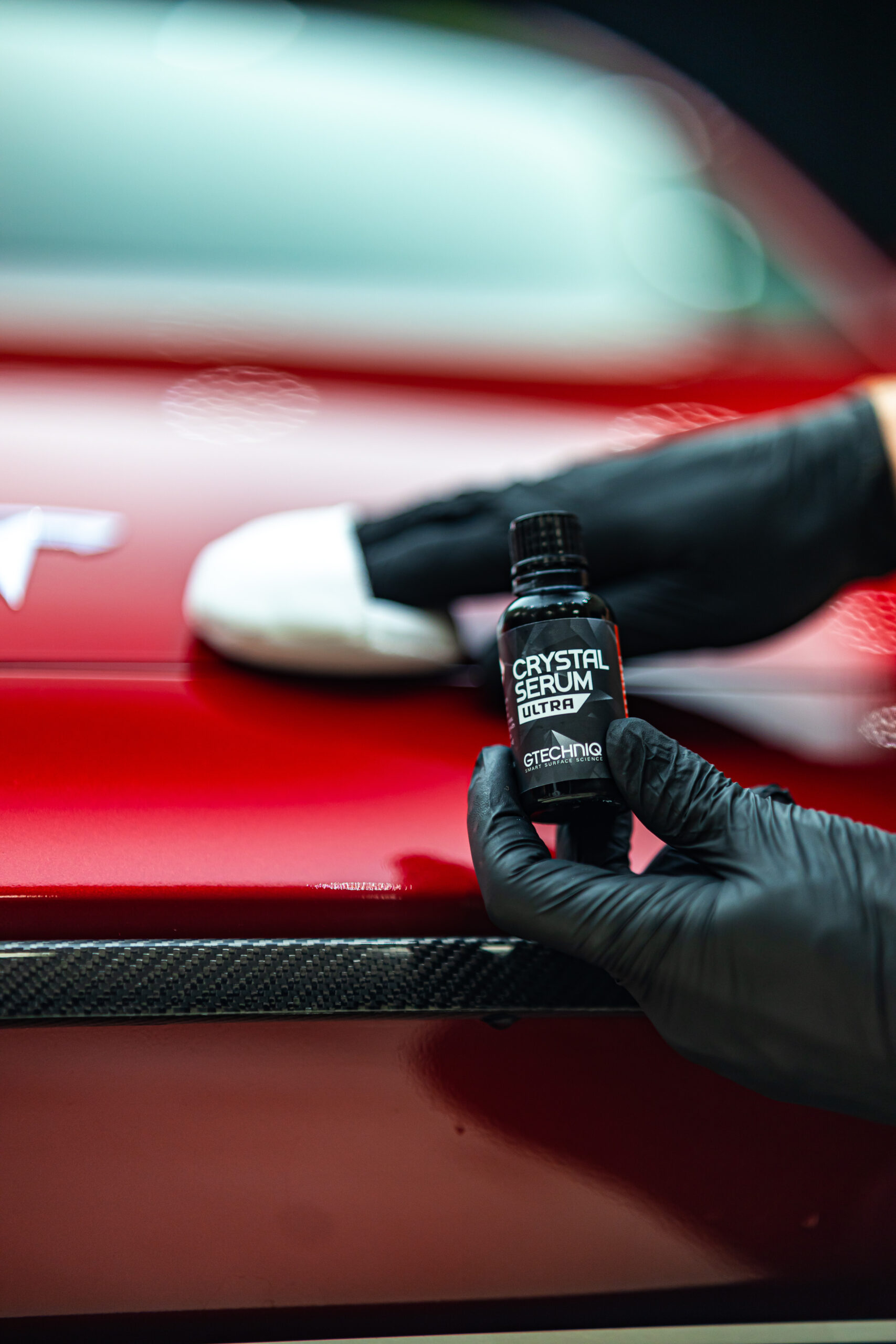Paint Protection Film (PPF) has become a game-changer in the automotive industry, offering unparalleled protection against road debris, scratches, and environmental damage. A key feature that sets modern PPF apart is its self-healing capability, made possible by its innovative TPU (thermoplastic polyurethane) material.
In this blog, we’ll dive into why PPF is self-healing, how TPU technology works, and why it’s a must-have for anyone looking to preserve their vehicle’s paintwork.
What is Paint Protection Film (PPF)?
PPF is a transparent, flexible film applied to a vehicle’s exterior to protect it from physical and environmental damage. Commonly installed on high-impact areas such as the hood, bumpers, and side mirrors, PPF acts as a barrier against:
- Scratches
- Stone chips
- Road debris
- UV rays
- Chemical stains
The film’s ability to heal itself from minor scratches and abrasions is what sets it apart from traditional protection methods like waxing or ceramic coatings.
What Makes PPF Self-Healing?
The Role of TPU Material
Thermoplastic polyurethane (TPU) is the core material used in high-quality PPF. TPU is a versatile polymer known for its flexibility, durability, and resistance to wear and tear.
What makes TPU unique is its elastic properties, which allow it to return to its original state after being stretched or deformed. This characteristic is the foundation of PPF’s self-healing capabilities.

How Does Self-Healing Work?
1. Heat Activation
Minor scratches and abrasions on PPF often affect only the surface layer. When exposed to heat—either from the sun, hot water, or a heat gun—the TPU material softens and regains its shape, effectively “healing” the damage.
This process occurs because the molecular bonds in TPU realign under heat, restoring the film’s smooth surface.
2. Microcapsule Technology
Some advanced PPFs incorporate microcapsule technology within the topcoat layer. These microcapsules contain reactive polymers that break open when the film is scratched. Once exposed to air, they chemically react to fill the scratch and restore the surface.
Advantages of Self-Healing PPF
1. Always Looks Flawless
With self-healing properties, PPF can repair surface-level damage, keeping your vehicle looking pristine without constant touch-ups.
2. Long-Lasting Protection
Since TPU can heal repeatedly over time, PPF maintains its protective capabilities longer than traditional materials.
3. Low Maintenance
Unlike other protective coatings, self-healing PPF doesn’t require frequent reapplication or polishing to fix scratches.
4. UV and Chemical Resistance
In addition to its self-healing properties, TPU-based PPF is resistant to UV rays, discoloration, and chemical damage, ensuring comprehensive protection for your car.
- Why TPU is Ideal for PPF
- Durability: TPU offers excellent resistance to tearing and impact.
- Flexibility: Its elastic nature allows it to conform seamlessly to complex curves and edges on a car.
- Clarity: High-quality TPU is optically clear, preserving the original color and gloss of your car’s paint.
- Weather Resistance: TPU can withstand extreme temperatures, rain, and snow without losing its properties.
Types of Damage PPF Can Self-Heal From
- Fine Scratches: Caused by washing, drying, or minor abrasions.
- Swirl Marks: Often a result of improper cleaning techniques.
- Light Scuffs: From road debris or accidental contact.
It’s important to note that self-healing PPF is designed to address superficial damage. Deep cuts or punctures that penetrate the film entirely may require professional repair or replacement.
Is Self-Healing PPF Worth It?
Absolutely! Investing in self-healing PPF offers:
- Superior Protection: Your vehicle is shielded from everyday wear and tear, preserving its value.
- Cost Savings: Avoid costly repainting jobs or touch-ups caused by scratches and chips.
- Peace of Mind: Enjoy the confidence of knowing your car is protected against minor damage, even in harsh conditions.
How to Maintain Self-Healing PPF
To maximize the lifespan of your PPF, follow these maintenance tips:
- Wash Regularly: Use a pH-neutral car shampoo and soft microfiber cloths.
- Avoid Harsh Chemicals: Stay away from abrasive cleaners and solvents that can damage the film’s surface.
- Use Heat When Needed: If scratches don’t heal naturally, apply warm water or a heat gun to activate the self-healing process.
- Inspect Periodically: Check for deep cuts or punctures that may require professional attention.
Conclusion: The Future of Automotive Protection
Self-healing PPF, powered by TPU technology, represents the pinnacle of automotive protection. Its ability to repair minor damage, combined with its flexibility, durability, and optical clarity, makes it an essential investment for car enthusiasts and everyday drivers alike.
By protecting your car with self-healing PPF, you ensure it maintains its showroom appearance while safeguarding its resale value.




